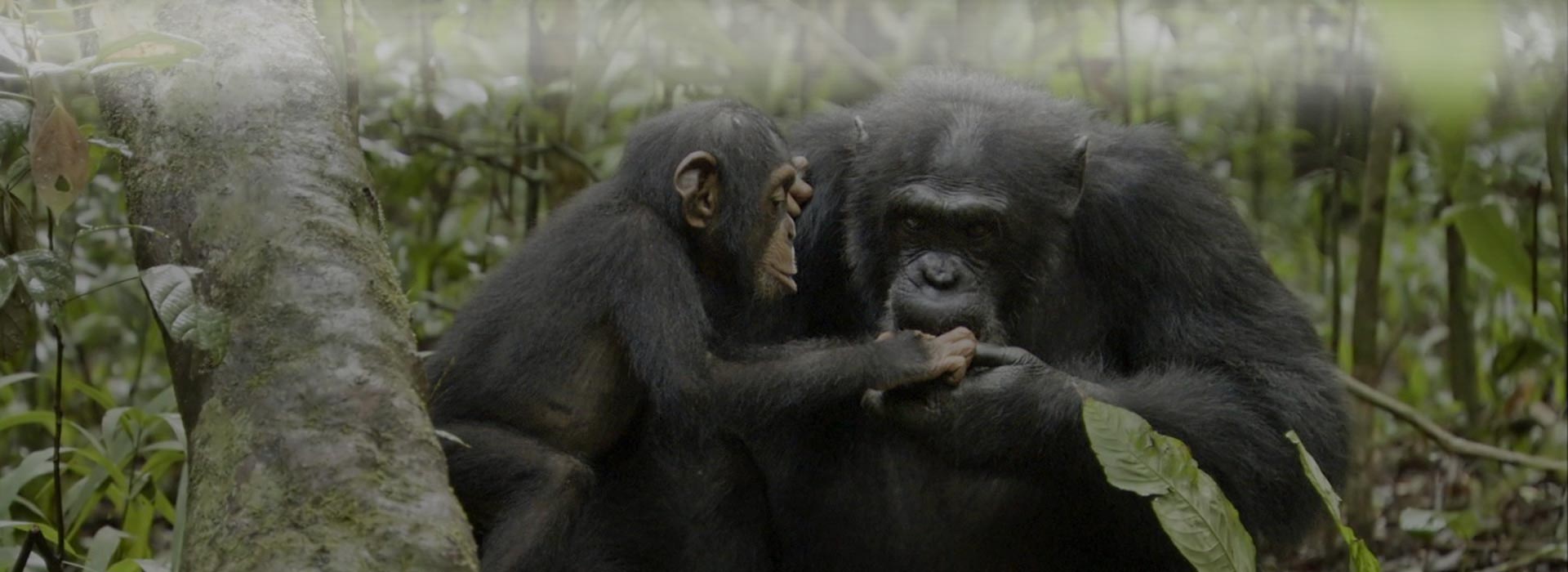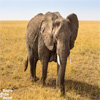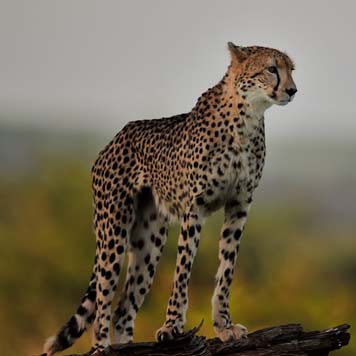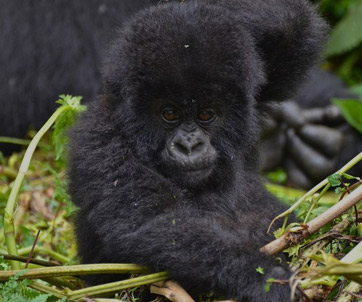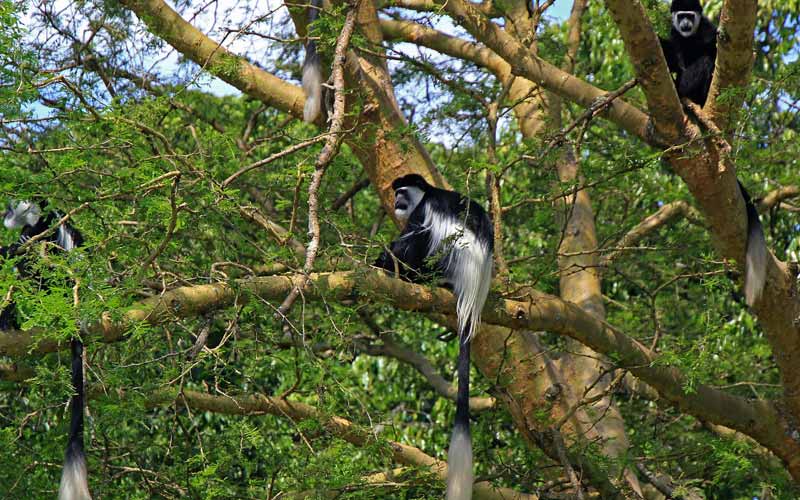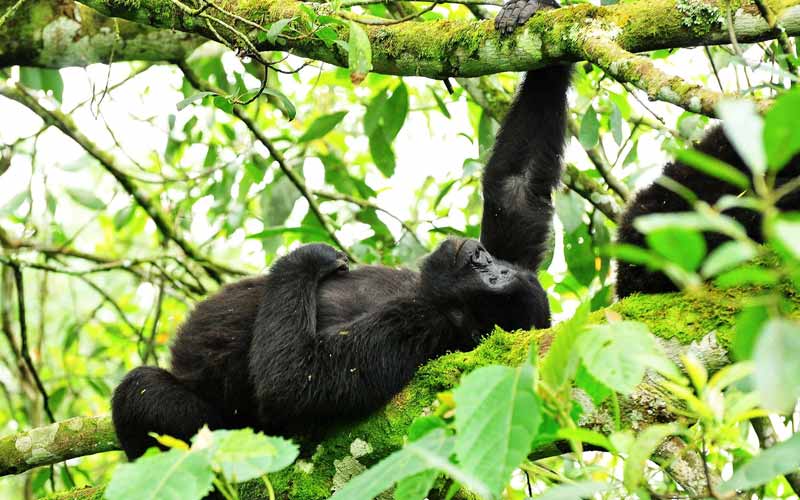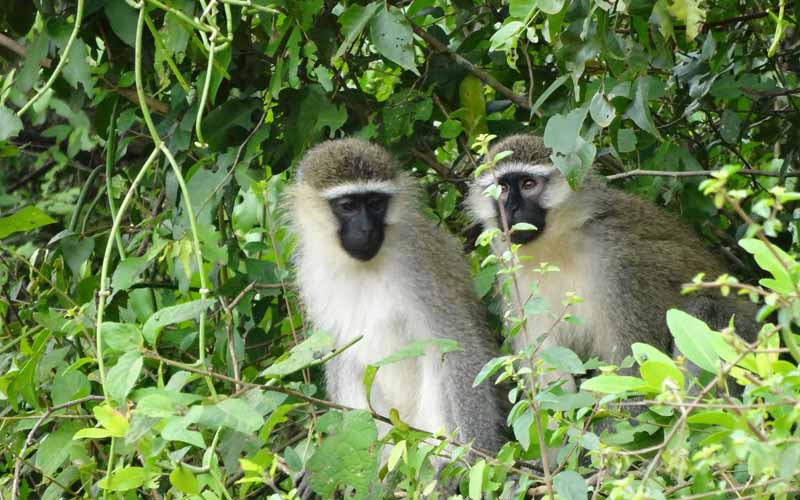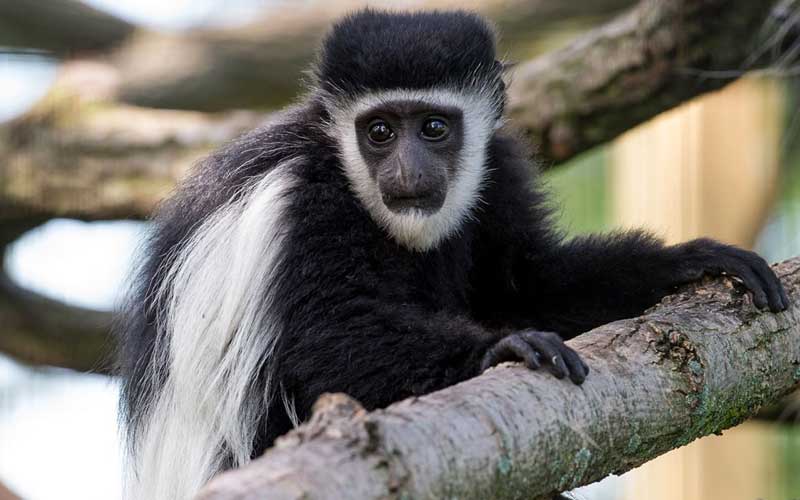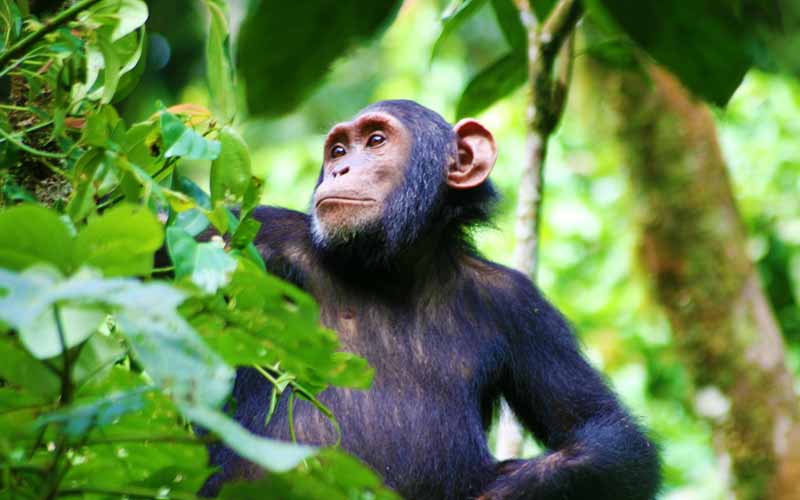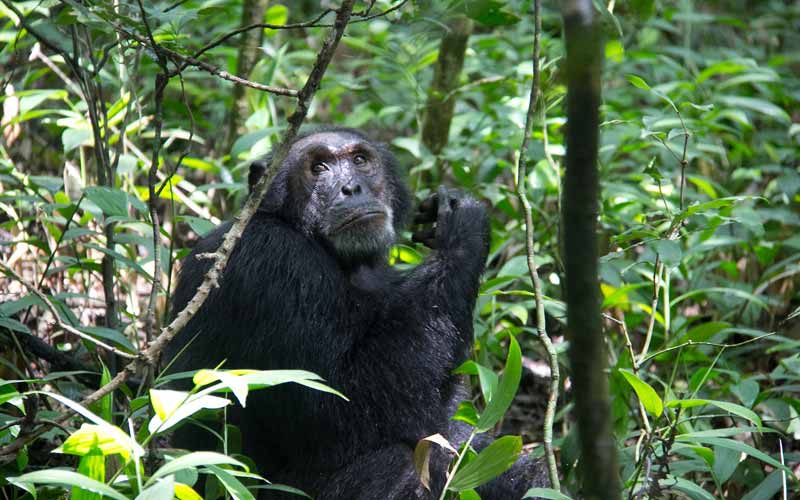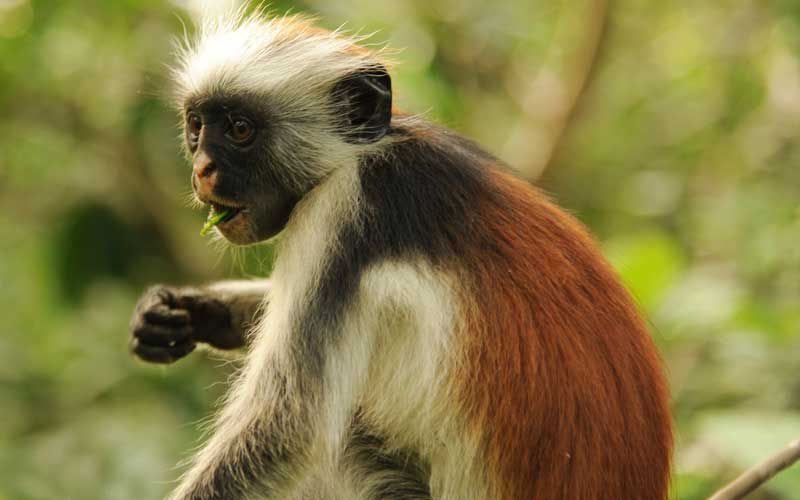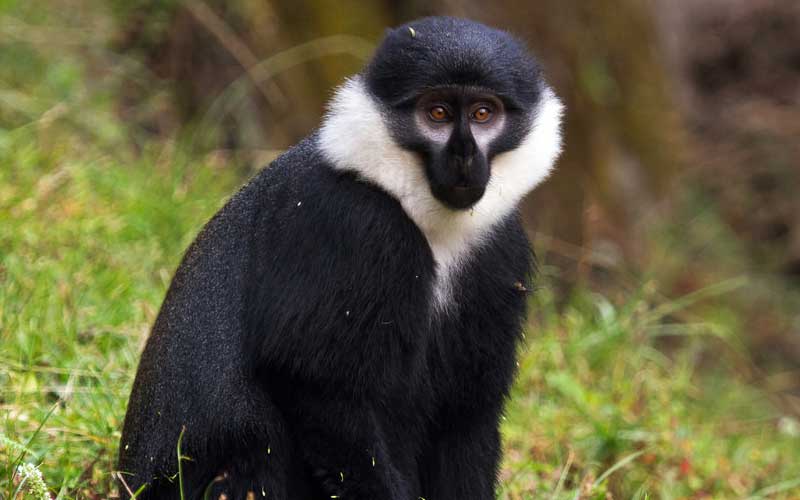Kibale National Park
Covering an area of 795 square km, Kibale National Park is the highest part of the park’s northern tip, which stands 1590m above sea level. Home to nearly 351 tree species, Kibale’s varied altitude supports different types of habitat, ranging from wet tropical forest on the Fort Portal plateau to woodland and savanna on the rift valley floor. Kibale is one of Africa’s foremost research sites. While many researchers focus on the chimpanzees and other primates found in the park, others are investigating Kibale’s ecosystems, wild pigs and fish species, among other topics.
Kibale is famously known for Chimpanzee tracking. Kibale forest has one of the richest ecosystems in the whole of Africa. It holds over 340 birds’ species, 14 species of snakes, 27 species of frogs and toads, at least 20 species of other reptiles and at least 200 species of butterflies. Other animals that can be seen here include: chimpanzee, wild pigs and fish species, elephant, bush pig, bats and rodents, etc.
The region of Kibale National Park is a primatologist’s dream. It embraces a population of more than 1,000 chimpanzees, of which one 80-strong community has been habituated to tourist visits, as well as half-a-dozen readily observed monkey species, including the acrobatic red colobus, handsome L’Hoest’s monkey and black-and-white colobus.
Kibale is also a famous migratory route and corridor between Queen Elizabeth National park and parks to the north such as Murchison Falls National Park. Probably the most reachable of Uganda’s large forests, it is home to an awfully large diversity of flora and fauna and secret trails, Chimpanzee groups.
